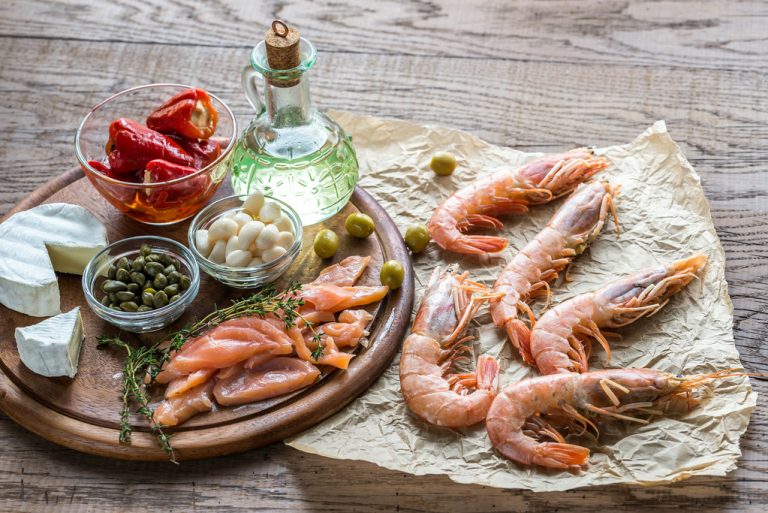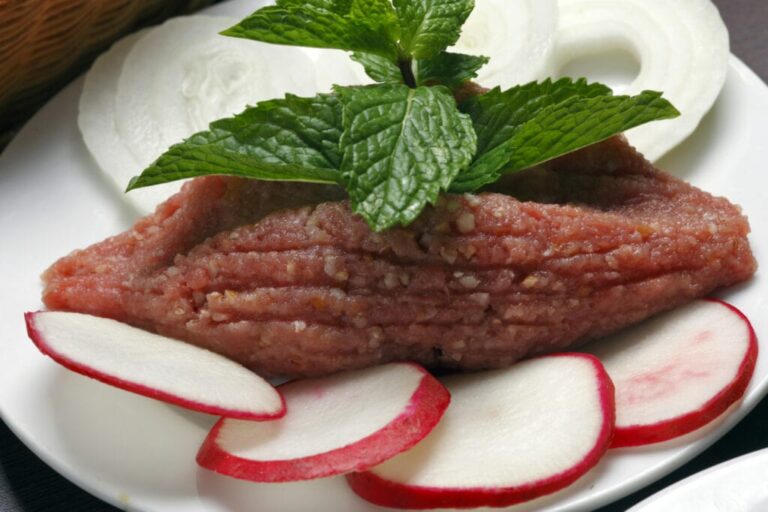Introduction: The Influence of Mediterranean Cuisine on Monégasque Dishes
Monaco, a small sovereign city-state on the French Riviera, has a rich culinary culture influenced by its proximity to the Mediterranean Sea. The cuisine of Monaco is a blend of French, Italian, and Provençal flavors with a strong emphasis on seafood. The Mediterranean region has long been known for its healthy and flavorful cuisine, and it is no surprise that these influences are evident in Monégasque dishes.
From fresh herbs and vegetables to olive oil and seafood, Mediterranean cuisine has left a lasting mark on Monégasque gastronomy. The fusion of these flavors has created an exciting culinary culture that is enjoyed not only in Monaco but also around the world. This article explores the history of Monégasque and Mediterranean cuisine, the similarities and differences between the two, and the key ingredients and preparation methods that make them unique.
The History of Monégasque and Mediterranean Cuisine
The cuisine of Monaco has evolved over centuries and has been influenced by various cultures. Due to its strategic location on the Mediterranean coast, the region has been subject to various invasions and influences, resulting in a rich and diverse culinary tradition.
Monégasque cuisine has been heavily influenced by the nearby regions of Provence, Liguria, and Tuscany, as well as by French cuisine. In the past, the cuisine was primarily based on fresh seafood and vegetables gathered from local gardens. However, the arrival of tourists in the early 20th century brought a wider variety of ingredients to the region, leading to the adoption of new recipes and cooking techniques.
Similarities and Differences between the Two Cuisines
Monégasque cuisine shares many similarities with Mediterranean cuisine, as both rely heavily on fresh ingredients such as vegetables, fruits, and seafood. Olive oil is a common ingredient in both cuisines, as is garlic, herbs, and spices.
However, there are also differences between the two. Monégasque cuisine tends to be heavier on meat, dairy, and starches than Mediterranean cuisine. Additionally, while Mediterranean cuisine often features spicy and bold flavors, Monégasque cuisine is more subtle and delicate, emphasizing the natural flavors of the ingredients.
Key Ingredients and Preparation Methods in Monégasque and Mediterranean Cuisine
In both Monégasque and Mediterranean cuisine, fresh and seasonal ingredients are essential. The use of olive oil, garlic, and herbs is prominent in both cuisines, as are vegetables like tomatoes, eggplants, and zucchini.
In Monégasque cuisine, seafood plays a significant role, with fish and shellfish being popular ingredients in many dishes. Meat is also common, with lamb and beef being popular choices. Additionally, pasta dishes like ravioli and gnocchi are popular in Monégasque cuisine.
Mediterranean cuisine, on the other hand, features a wider variety of seafood, such as octopus, squid, and mussels. Meat dishes are often grilled or roasted, and rice and bulgur are common staples. In terms of seasoning, Mediterranean cuisine tends to use more spices and herbs like basil, oregano, and thyme.
Popular Monégasque Dishes with Mediterranean Influences
One of the most popular Monégasque dishes with Mediterranean influences is the Socca, a thin and crispy chickpea pancake that is typically eaten as a snack. Other popular dishes include Barbagiuan, a deep-fried pastry filled with Swiss chard and ricotta cheese, and Pissaladière, a savory tart topped with caramelized onions, anchovies, and olives.
Mediterranean influences are also evident in popular Monégasque seafood dishes such as the bouillabaisse, a fish soup that originated in Marseille, and the bourride, a fish stew made with garlic, olive oil, and saffron.
Conclusion: The Significance of Mediterranean Cuisine in Monégasque Culinary Traditions
The influence of Mediterranean cuisine on Monégasque dishes is undeniable. The use of fresh and seasonal ingredients, olive oil, and herbs, among other things, has shaped the culinary traditions of Monaco. The fusion of Mediterranean and European flavors has created an exciting and distinct culinary culture that is enjoyed by locals and tourists alike.
As Monaco continues to evolve and grow, it is essential to preserve and celebrate its unique culinary heritage. The continued influence of Mediterranean cuisine in Monégasque dishes is a testament to the rich history and culture of the region, and it is sure to play a significant role in the future of Monégasque gastronomy.












